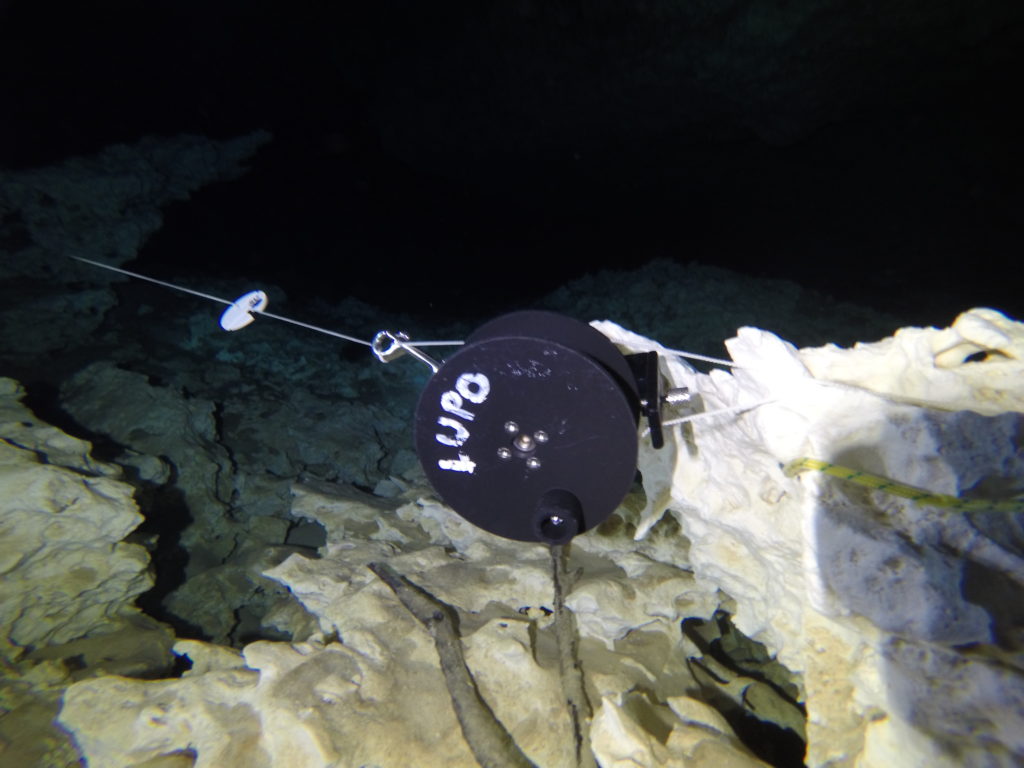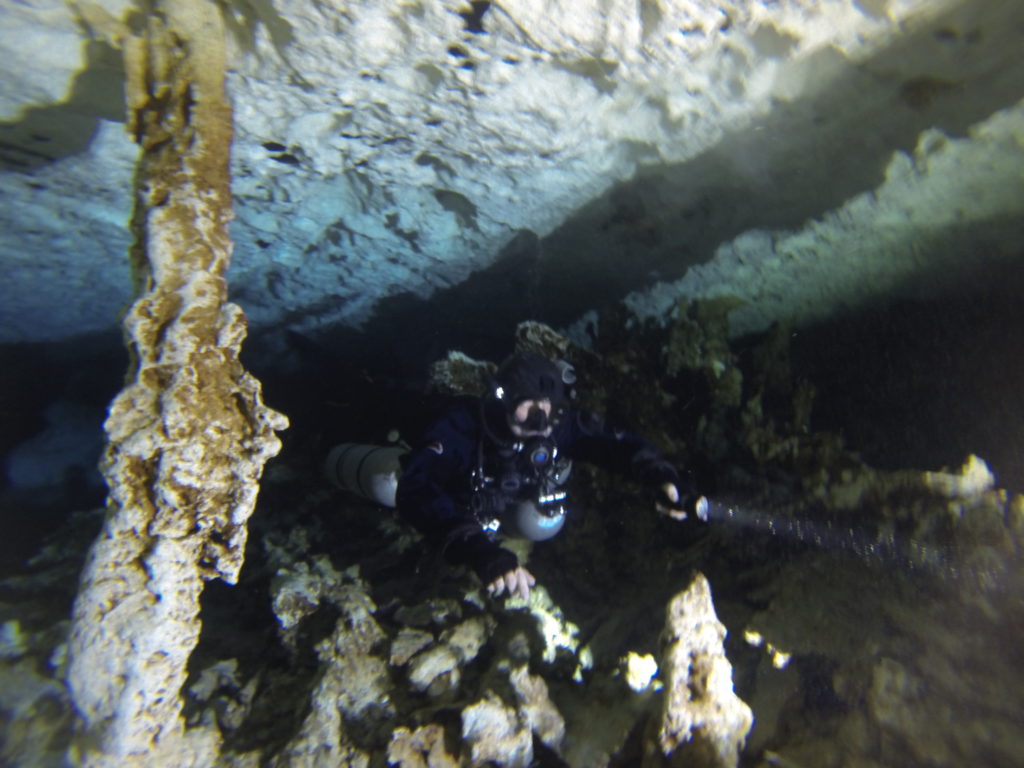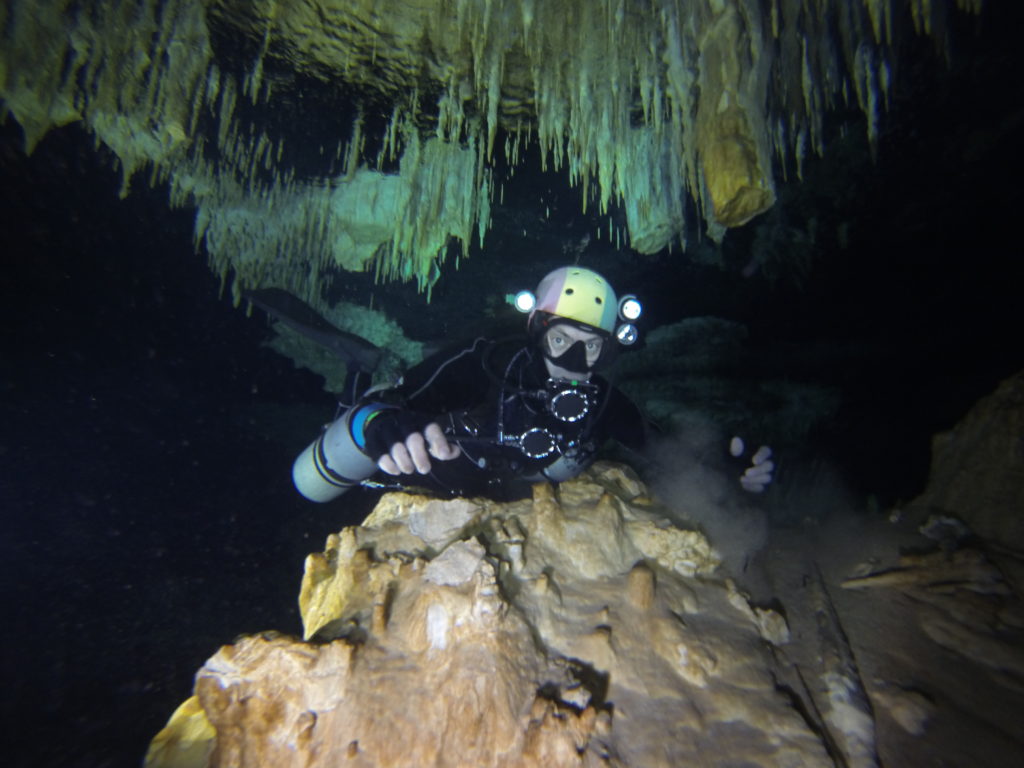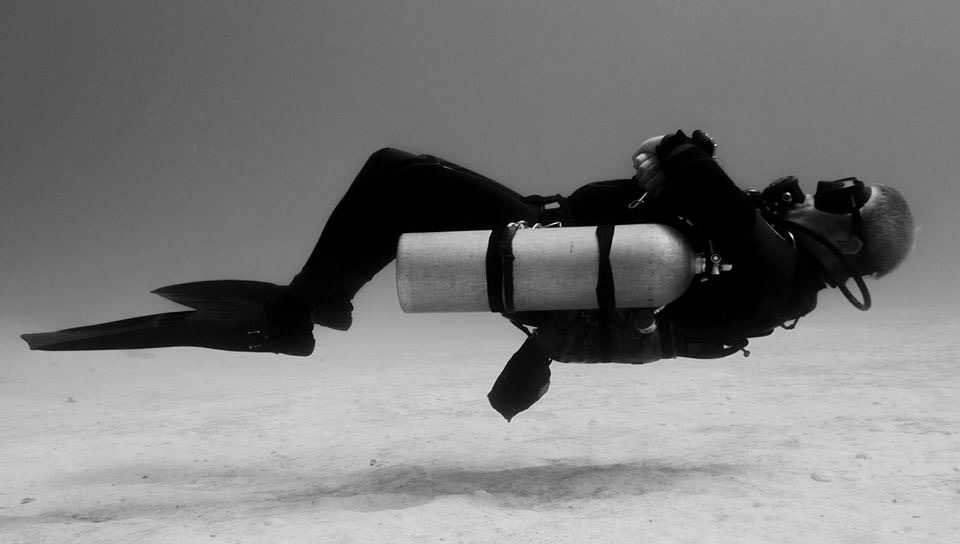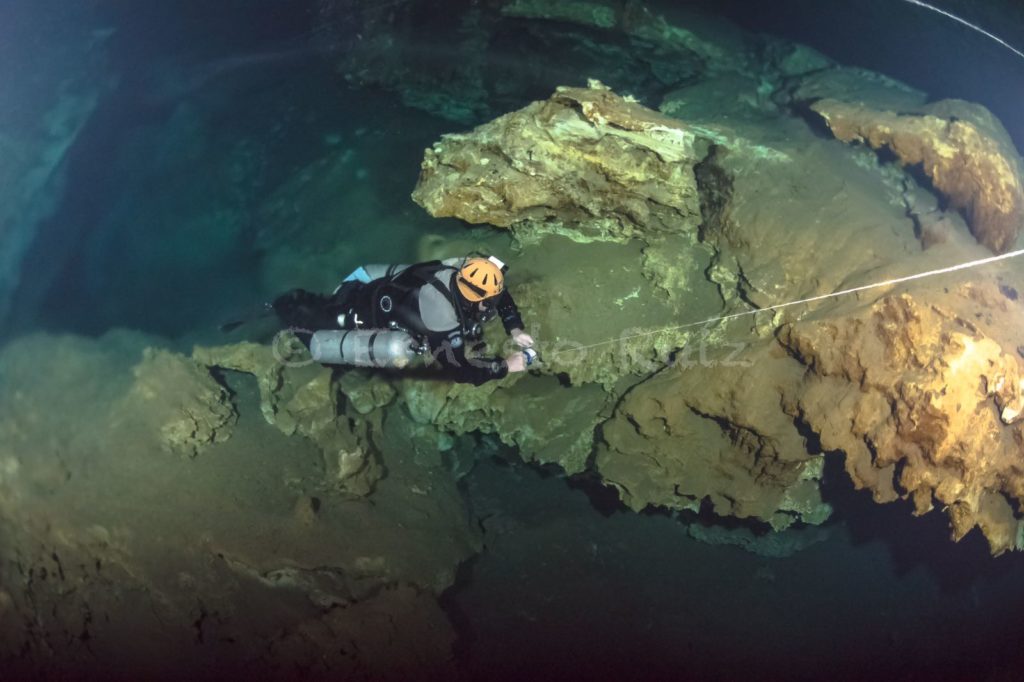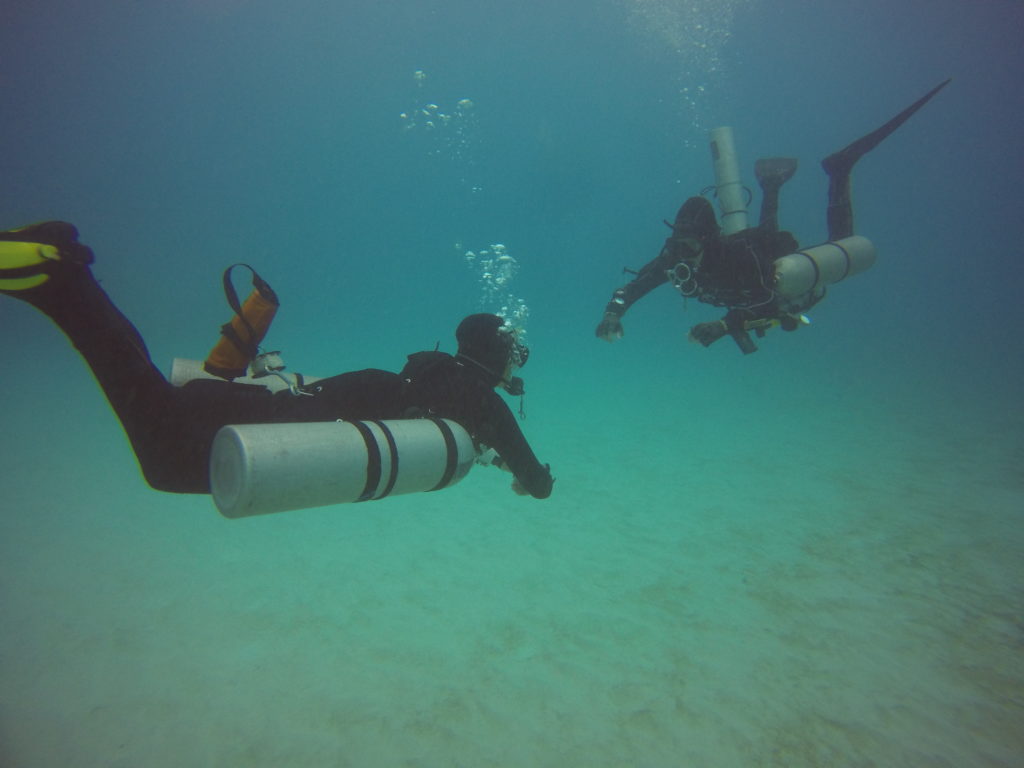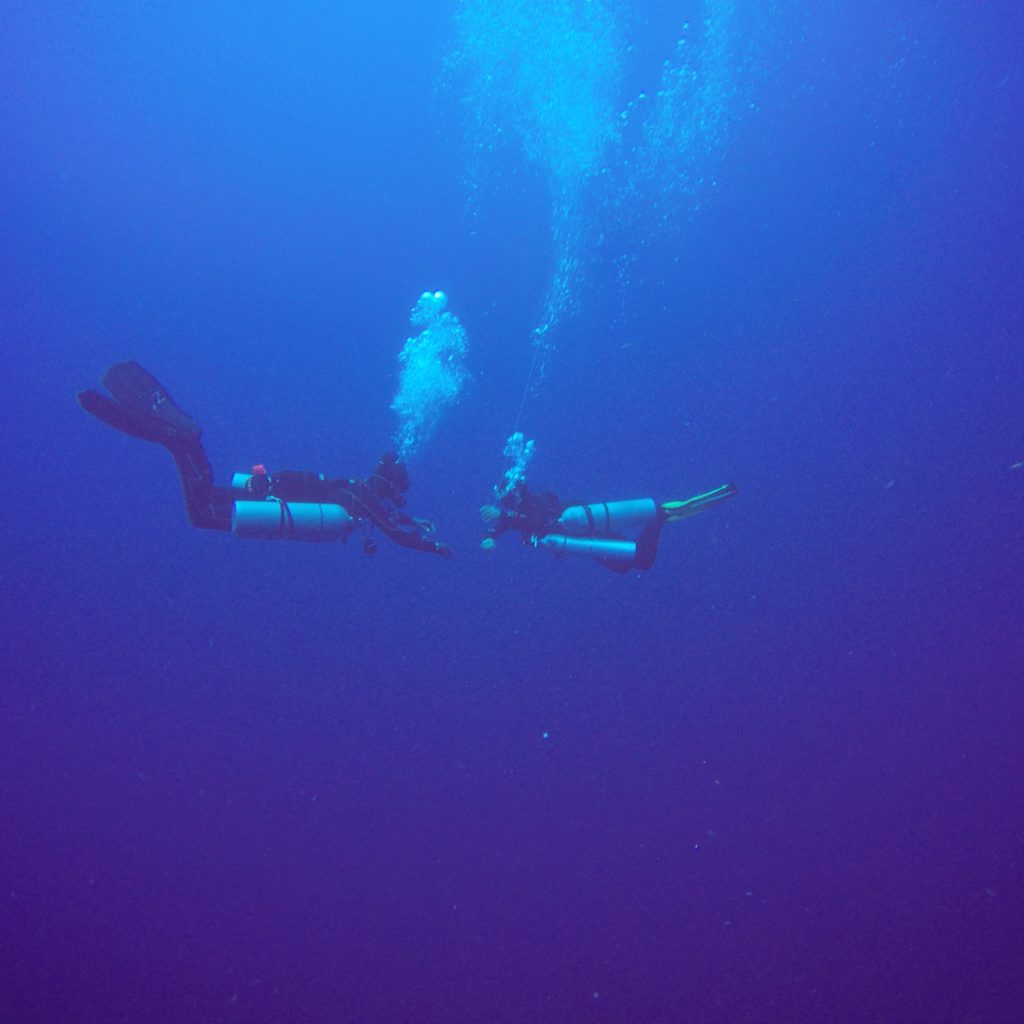The word “cenote” (pronounced: seh-noh-teh) is used to describe a geographic feature that is exclusive to Southern Mexico and Parts of Central America. The term “cenote” comes from the ancients Mayan word “Dzonot” or “Abyss” and that is exactly what these strange abysmal wells and grottos are.
The soft porous limestone that makes up the local terrain, becomes naturally eroded in certain parts and this creates deep wells and sinkholes that dot the landscape across the Yucatan Peninsula. These cenotes were considered sacred ground to the ancient Maya who depended on the cenote for life giving water. IT was believed that the endless system of sinkholes and underground rivers that flows in this area was the path to Xibalba, the underworld and dwelling place of the Gods.
The cenote was a place for communion with the great unknown and also a place where religious rites and festivals were held.
Today visitors to the Yucatan Cenotes can experience the same epiphanic beauty treasured by the Ancients. The network of cenotes extends throughout the denes Yucatan Jungle and produces Cenotes hundreds of feet in diameter and many others that could barely fit a single person.
The adventures are many and this following article will describe some of the more impressive cenotes for your amazement.
1. Cenote Lol-Ha, Yaxunah
Yaxunah is a small Yucatecan community and home to a select set of fabulous Cenotes. As these sinkholes and grottos are all connected, they are typically found in clusters. Yaxunah has one such set of cenotes and Lol-ha is by far the center jewel of the bunch. You will find mysterious depths cradled by limestone walls and amazing sunlight filtering through foliage above. If you are not an accomplished swimmer, and even if you are, a life jacket will allow you to navigate the cool water safely.
2. Cenote Ik Kil, Chichén Itzá
Actually, located 3k from the Citadel of Chichen Itza, one of the 7 Wonders of the World, Ik Kil is probably the most frequently visited and popular vacation spots for people from across the globe. After a hot day in the tropical archaeological zone, there is nothing more relaxing than dipping in the cool water of Ik Kil before another hot Yucatan Day.
The cenote like most other is surrounded by year-round vegetation and you will find a set of stairs that allows access to the site. You will find a good many people here at any time of the year and if crowded swimming holes are not your thing, there are plenty of other options in the area.
3. Cenote Na Yah, Pixyah
One of the more classic Yucatan Cenotes is the Na-Yah in Pixyah. It is only 40 ft long and 30ft. Deep but contains an impressive network of tunnels for the daring scuba enthusiast to explore. Or, you can take a plunge and leap from the ledge high above the water and free fall into a piercing blue jewel in the middle of the jungle.

